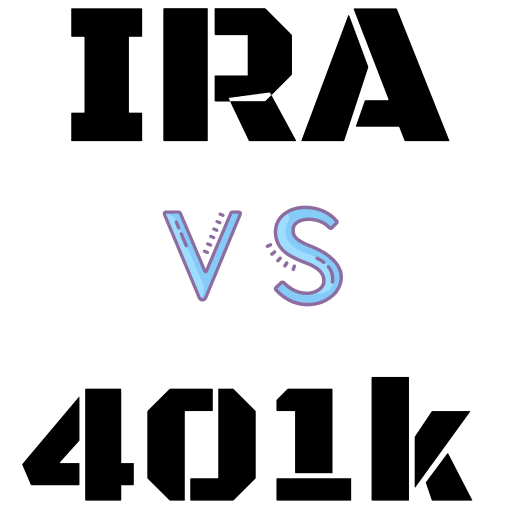
Two very important, and two very different questions. I raised them in my previous article “Begin Investing While Young.” It’s online at https://www.metrowestdailynews.com/story/business/2021/04/12/begin-investing-while-young/7113284002/
Let’s review as to the where to invest first, and leave the what for another time, too broad a subject for this space. Besides, the where might influence the what:
In case, for example, you saved $X in your savings account and you want to invest it, and after thorough study you decided on a particular investment like a mutual fund, this means, now you need an investment account.
Typically, one of the ways to look at it is from a tax perspective. As such, there are two types to use: before- and after-tax accounts. If originally the $X dollars were in your savings account, that might mean that you have already paid your taxes on it and so you move the funds into your investment account which is where you buy the mutual fund. You may then be paying taxes on any dividend and interest that your investment produces, sell it anytime, either at a loss (hopefully not) or at a gain, and pay capital gain taxes on the gain; you can add investments (savings) to it.
However, let’s say, you decided that this investment is really for the long term, and you don’t plan to touch it, and you have set aside proper cash reserves. You might then consider opening a Roth IRA, up to a maximum contribution limit, and add to it each year. It is still an investment account, but you will not owe taxes on either interest, dividend, or capital gain, ever. There are restrictions on the flexibility of you accessing the funds, so you should be well informed, but a Roth IRA is really to help you become financially independent to when you no longer get a paycheck.
Now, let’s say you have not paid or had taxes deducted from that paycheck. You can then opt for a before-taxes account, examples of which are a 401k and a Traditional IRA, again, up to their own contribution limits, and you can keep on adding to them as well, and with rules as to when and how to access into what you invested. These types of accounts, too, are meant for retirement, i.e., to when there is no paycheck any longer coming; but in this case, you eventually have to pay the taxes, usually at ordinary income tax rate, since you had not paid them originally.
But the beauty of both (Roth and Traditional) IRAs is that the compounding effect I wrote about in my previous article is then even more pronounced by deferring or not having to pay taxes and allowing for the investment time to grow without the continuous snip-snip of taxes.
And, for your and my sake, remember: this material is for general information only; it is not intended to provide specific advice or recommendations for any individual. There is no assurance that the views or strategies discussed are suitable for all investors or will yield positive outcomes. Investing involves risks including possible loss of principal. Sometimes one is tempted to believe that past performance will guarantee future results, – trust me, it does not.
Be conscientious, diligent, use good materials – you are building your financial house, confer with a financial and tax professional, watch the expenses, be patient, plan cash reserves, insist on having a well-crafted financial plan, which is really something very comforting, – I know it from experience – that is why I became a financial adviser and planner.
Enjoy building your financial house!
Katharina Helmick, MBA, of Weston, is a financial adviser with LPL Financial, Member FINRA/SIPC, katharina.helmick@lpl.com, 781-239-3380.
